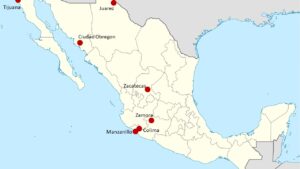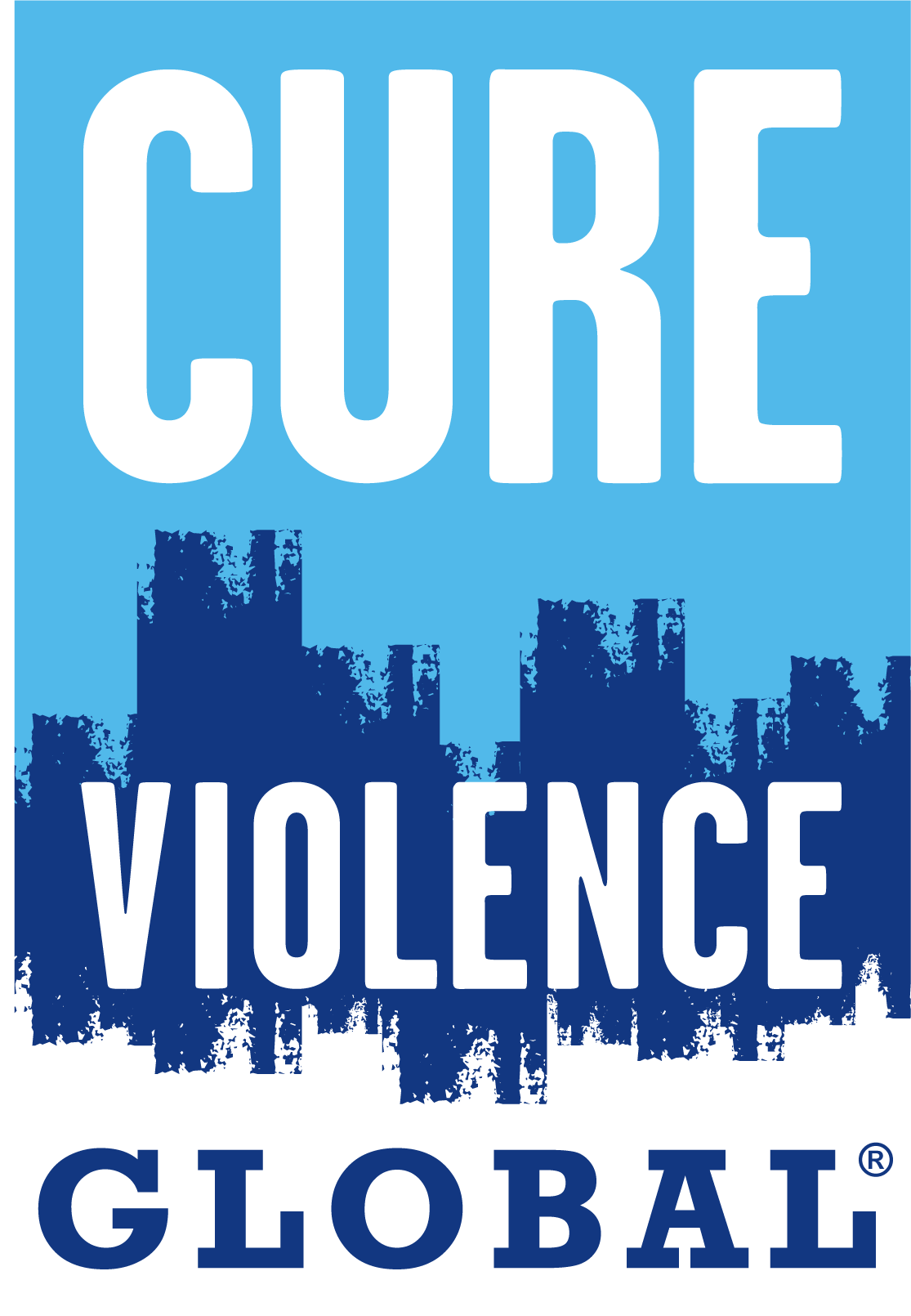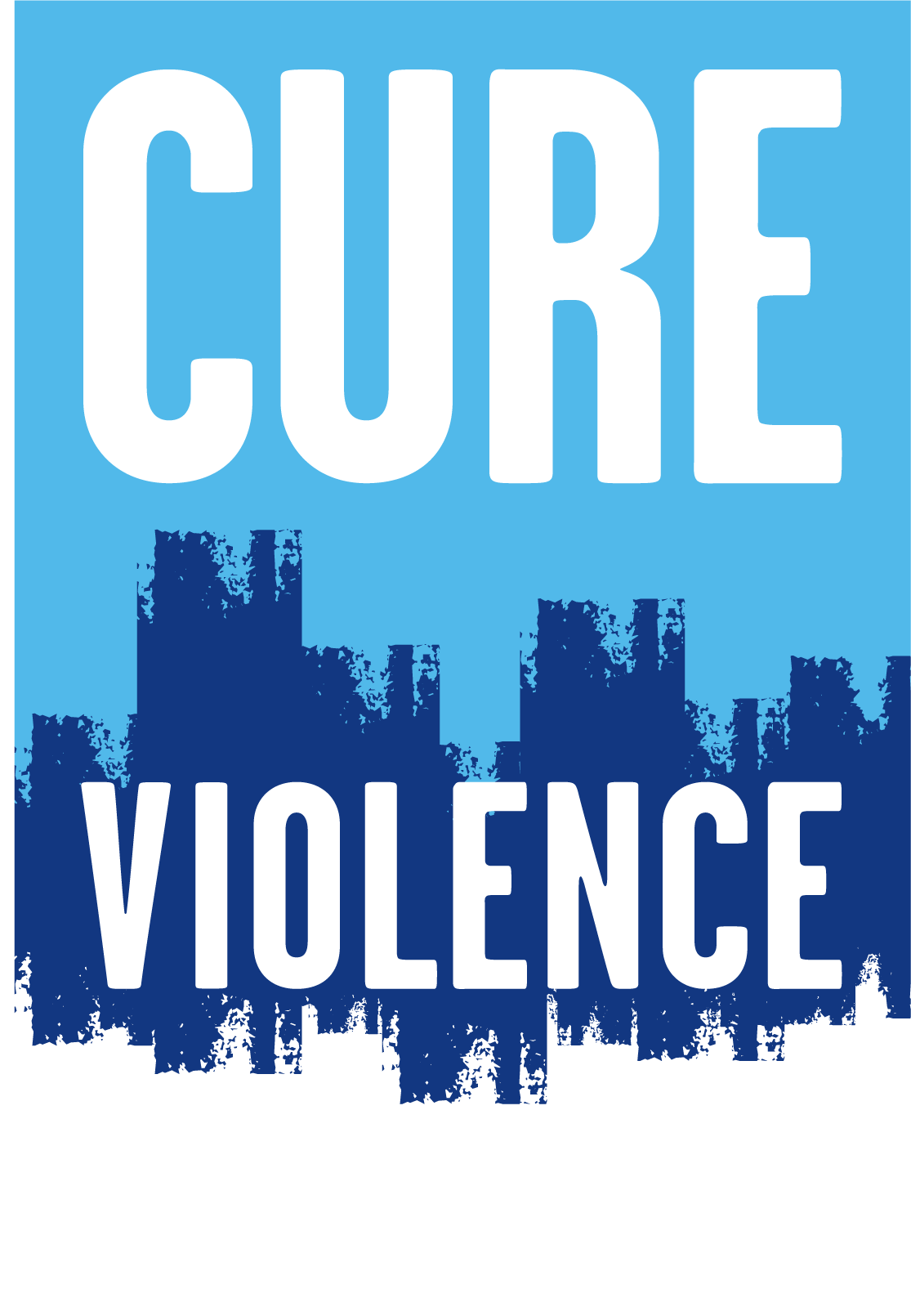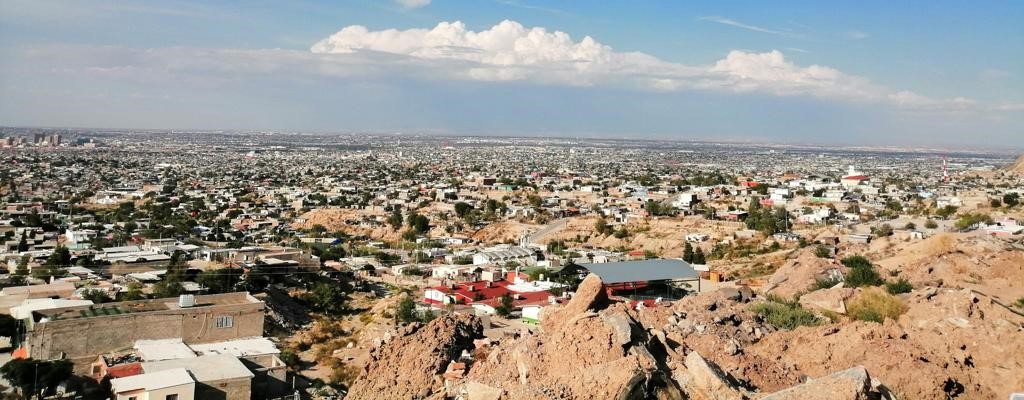New data came out last year that provides insight into the world’s most violent areas. In 2023, Mexican cities overwhelmingly dominate the list of the world’s most violent urban areas, According to Seguridad Justicia y Paz. Seguridad Justicia y Paz has been tracking global urban violence since 2010. This blog post delves into the data from the 2023 rankings, examines the rising violence in Port au Prince, Haiti, and offers insights into regional trends across Latin America, the United States, and South Africa.
The Most Violent Cities in Mexico
For seven consecutive years, Mexico has dominated the global violence rankings. In 2023, seven of the top ten cities identified as the most violent are in Mexico. Colima City, the capital of the state of Colima, is at the top of the list for the second consecutive year. Given Colima’s relatively high standard of living and low unemployment rate, this trend seems at odds with its violent statistics.
 The increased level of violence in Colima can be primarily attributed to its geographic and economic context. Colima is located between Jalisco and Michoacán, two states infamous for cartel activity. Colima and the nearby port city, Manzanillo, are important locations for drug trafficking operations, and for violent conflicts between rival cartels.
The increased level of violence in Colima can be primarily attributed to its geographic and economic context. Colima is located between Jalisco and Michoacán, two states infamous for cartel activity. Colima and the nearby port city, Manzanillo, are important locations for drug trafficking operations, and for violent conflicts between rival cartels.
Other Mexican cities that are prominently featured in the rankings include Tijuana, Juárez, Ciudad Obregón, Zamora, and Zacatecas. Cancun, a tourist haven, appears at #40, indicating that the violence crisis extends beyond the most apparent trouble spots.
The Surge in Port au Prince
Port au Prince, Haiti, has experienced a significant escalation in violence, rising to #3 on the list of the most violent cities. This marks a dramatic increase from its previous rankings of #20 in 2022 and #36 in 2021. The sharp rise in violence is linked to the activities of major gangs such as G9 and GPep, which have deep roots in the city’s socio-political landscape. These gangs, with connections to political and business elites, have become heavily involved in drug trafficking, kidnapping, and weapon smuggling. Haiti’s broader context—marked by economic instability, historical exploitation, and recent natural disasters—further exacerbates the violence. The impact of these factors is profound, with an estimated 3,500 killings reported in Port au Prince in 2023.
Regional Trends in Violence in Latin America
Latin America remains the most affected region globally, with 41 out of the top 50 most violent cities situated here. Brazil and Colombia are significant contributors to this statistic, with ten and eight cities, respectively. However, there are signs of improvement in some areas. For instance, in Honduras, San Pedro Sula and Distrito Centro were both in the top six most violent cities from 2010 to 2016. In 2023, San Pedro Sula and Distrito Centro were at #48 and #50, respectively.
Violence Trends in the United States and South Africa**
In a notable shift, no U.S. cities appear in the top ten for the first time since 2018. However, six U.S. cities remain in the top 50, including Memphis (#14), New Orleans (#22), Baltimore (#28), Cleveland (#30), Detroit (#32), and Washington, D.C. (#36). This suggests a relative improvement in the severity of urban violence in the U.S., though the presence of these cities in the top 50 indicates that violence remains a significant issue.
South Africa’s situation is also concerning, with four cities making the top 50: Mandela Bay (#9), Durban (#16), Cape Town (#17), and Johannesburg (#26).
Public Health Approaches to Violence Reduction
 The persistent violence highlighted by the 2023 rankings underscores a critical public health crisis. Evidence from multiple cities suggests that community-based, public health interventions can effectively reduce violence. Programs such as Cure Violence have demonstrated success in cities like San Pedro Sula, Honduras, and Culiacan, Mexico, by addressing the root causes of violence and implementing strategies to interrupt violent behaviors.
The persistent violence highlighted by the 2023 rankings underscores a critical public health crisis. Evidence from multiple cities suggests that community-based, public health interventions can effectively reduce violence. Programs such as Cure Violence have demonstrated success in cities like San Pedro Sula, Honduras, and Culiacan, Mexico, by addressing the root causes of violence and implementing strategies to interrupt violent behaviors.
For example, following the implementation of these approaches, San Pedro Sula saw a 94% reduction in shootings. Culiacan experienced a 90% reduction in killings. Similar strategies in Port of Spain, Trinidad and Tobago, resulted in a 45% reduction in violent crime. Expanding these successful interventions to other high-violence areas could save a significant number of lives.
Conclusion
The persistent nature of the violence crisis in Mexico and many other areas of the world, illustrates the widespread nature of this issue. Addressing this crisis requires a multifaceted approach that includes targeted public health interventions and community-based strategies in affected cities. By leveraging successful approaches and addressing underlying socio-economic issues, meaningful progress can be made in reducing urban violence globally.


